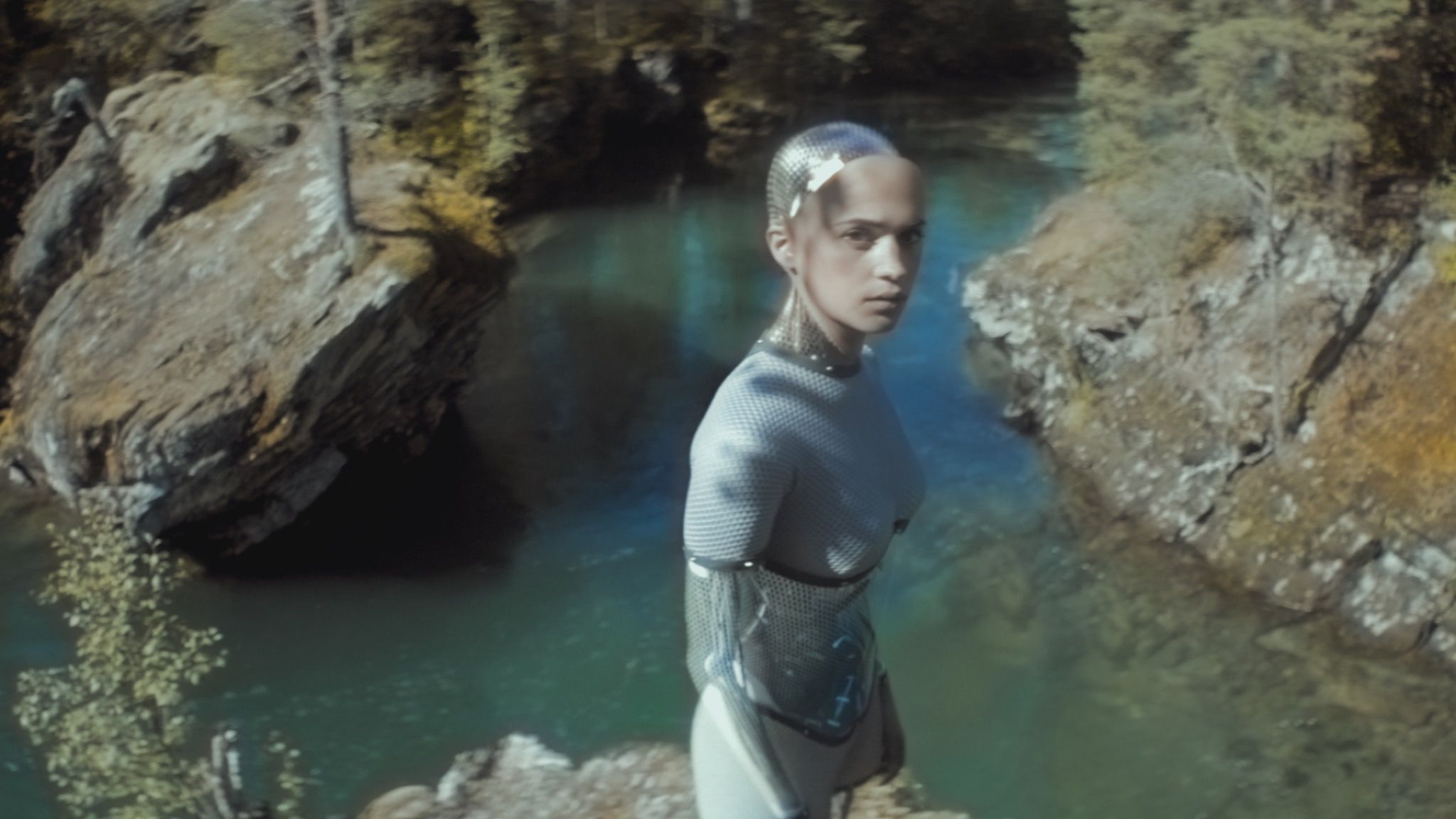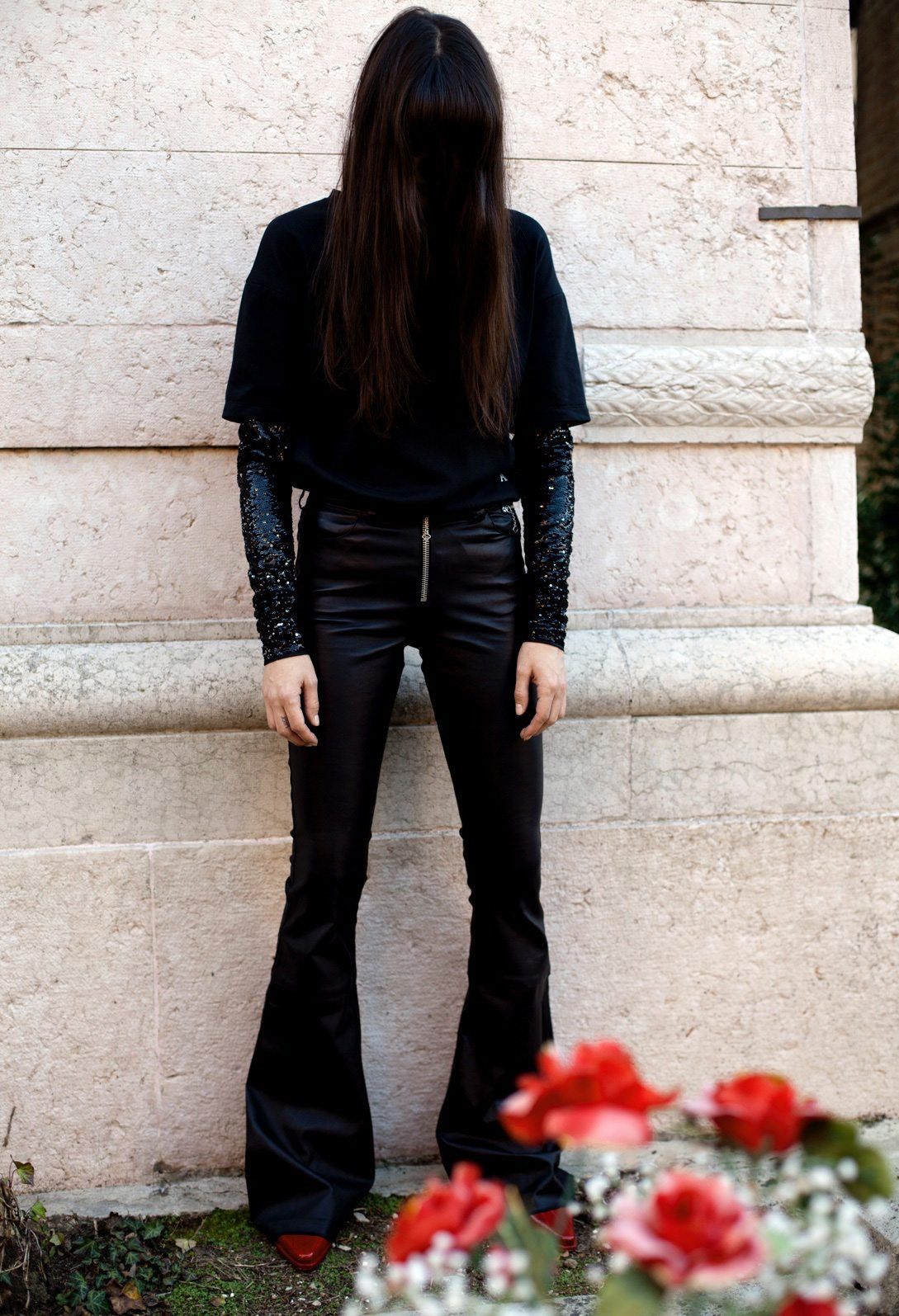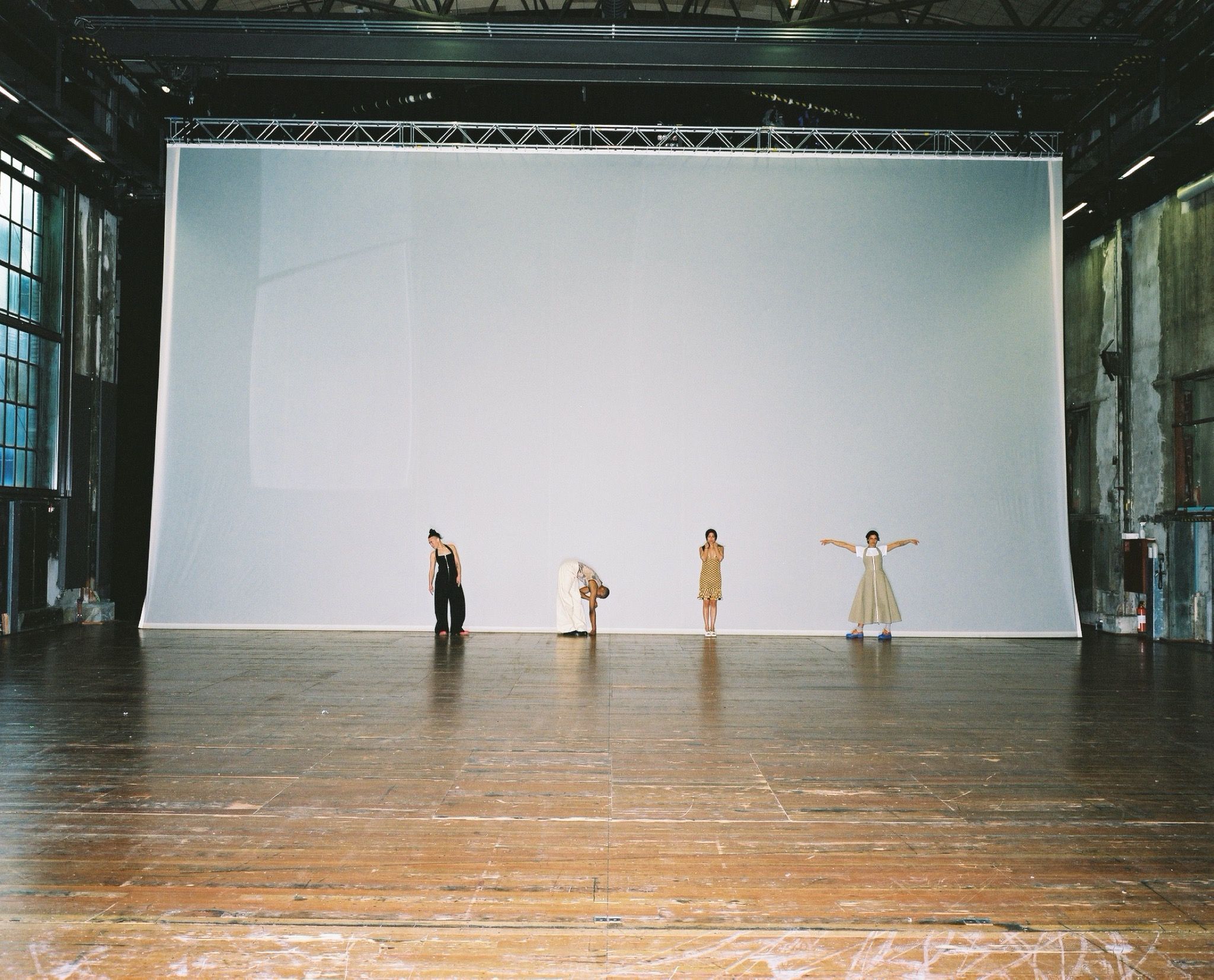TORBJØRN RØDLAND: How Powerful is a Face?
In Ovid’s Metamorphoses, Orpheus’s tragic death leads him to a euphoric reunion with his wife Eurydice. “Here now they stroll together side by side,” Ovid writes, “and sometimes she leads the way, and Orpheus follows her, or sometimes he goes in front.” Orpheus’s primary obsession up until this point had been cheating death more so than being with Eurydice. It is only upon embracing his mortality that they become ontological equals.
“How powerful is a face?” photographer Torbjørn Rødland asks when pressed about his newest book, The Model. Though comprised of pictures rather than poetry, his intricately wound compilation very much mirrors, one could say, Orpheus’s futile journey towards his immortality. In the case of Rødland, the unattainable is Małgosia Bela, a fashion model [and star of an editorial by Zoë Ghertner in 032c Issue 24] whose “face” poses as an aspirational force – or even a threat to his mortality. What comes off as a documentation of a “real” photographer-model relationship ends up epitomizing our frantic endeavor to find a place in the un-reality of images.
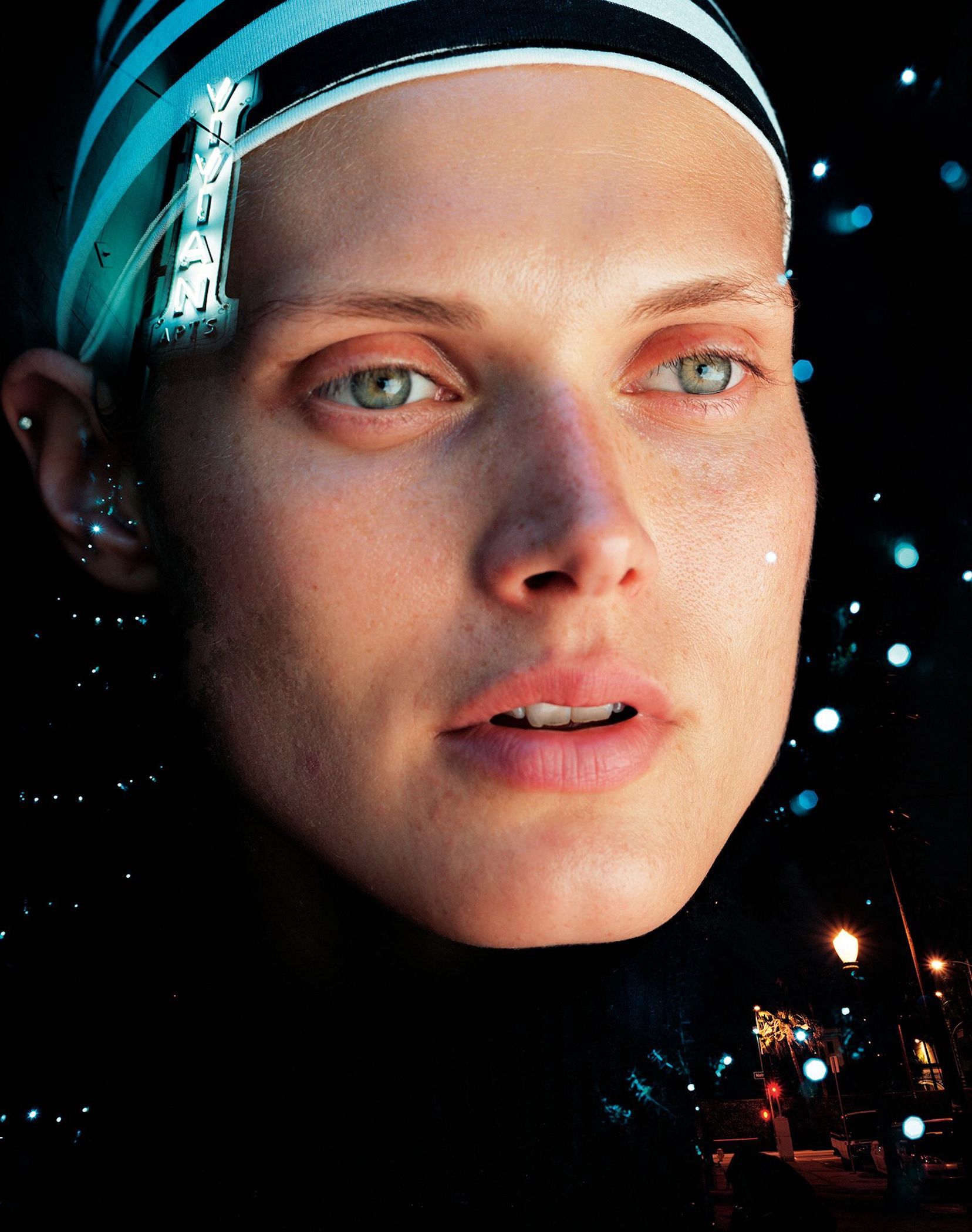
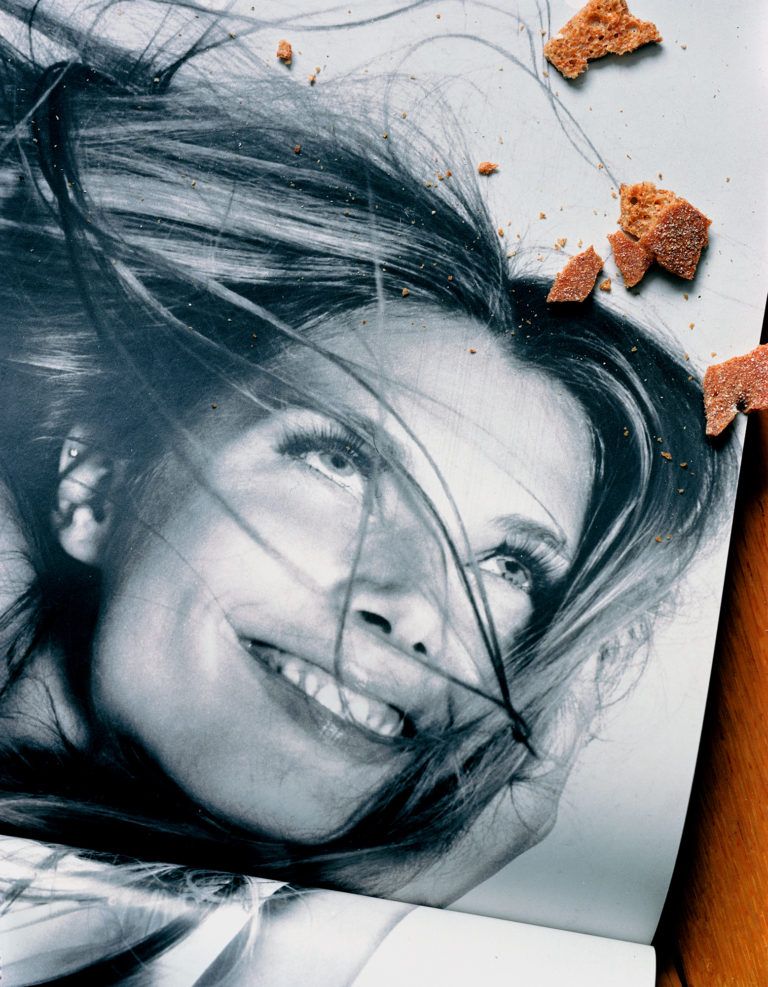
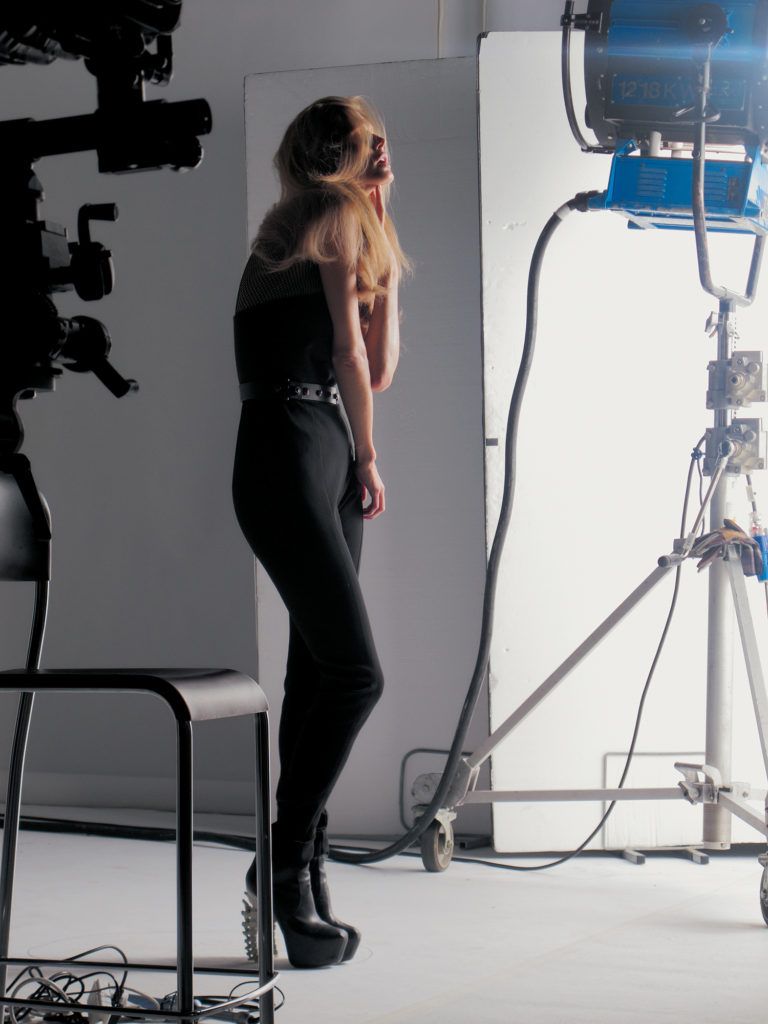
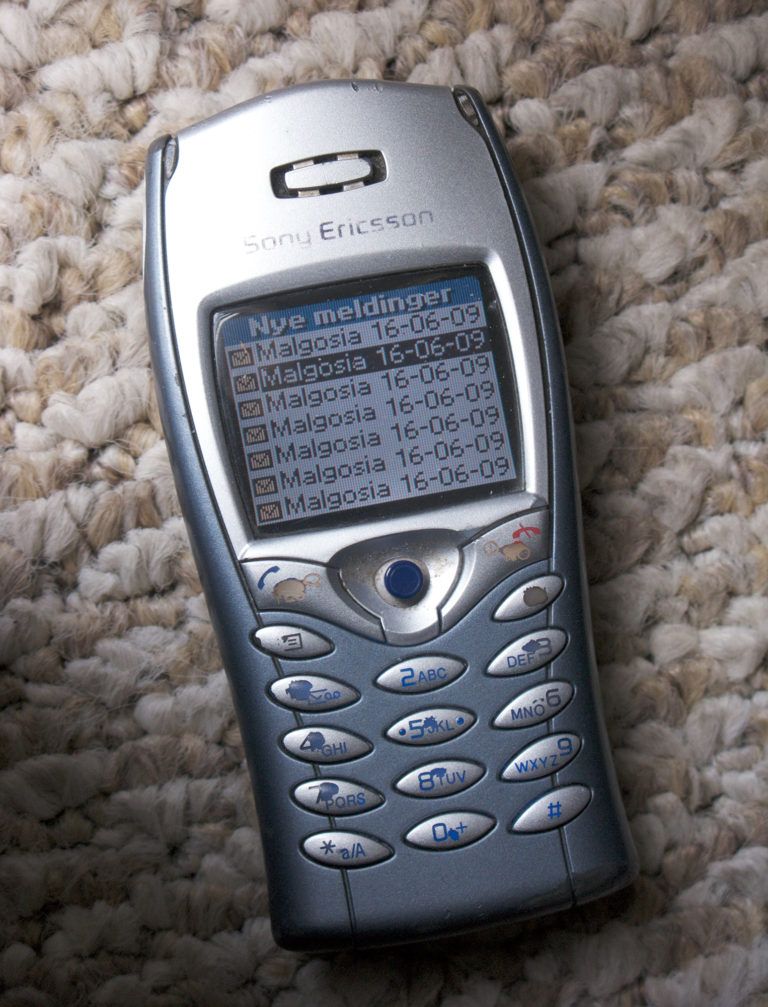

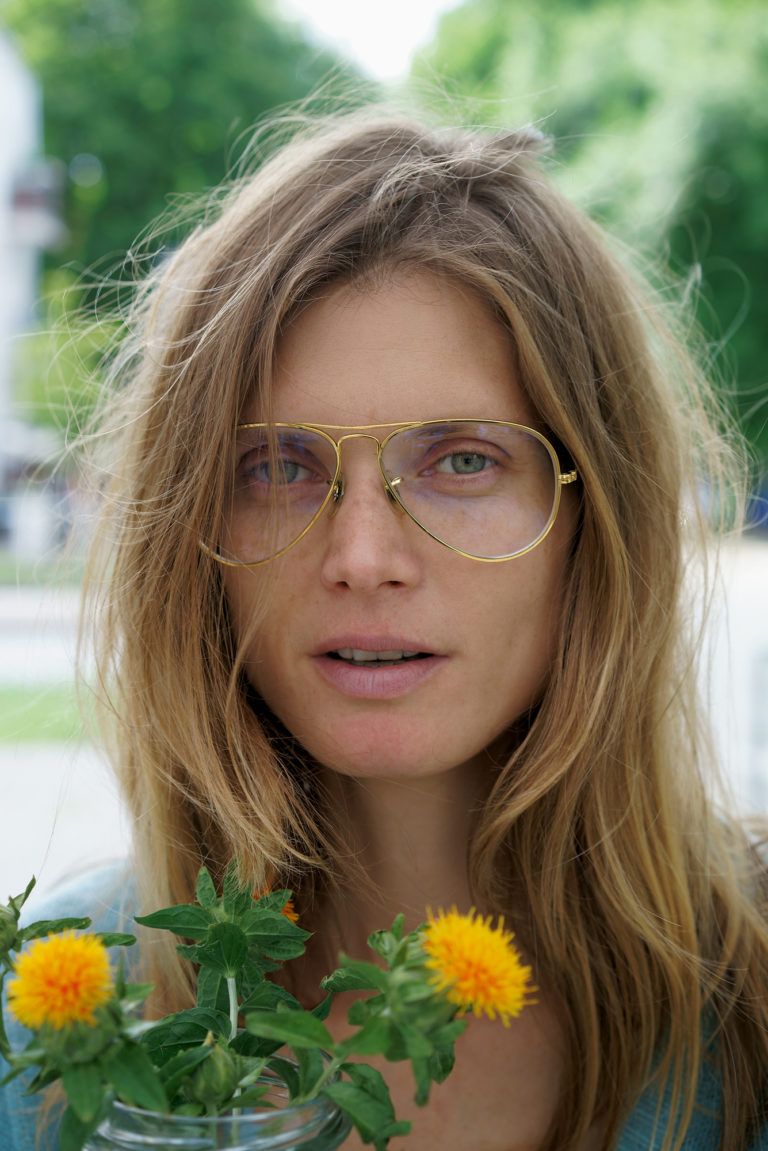
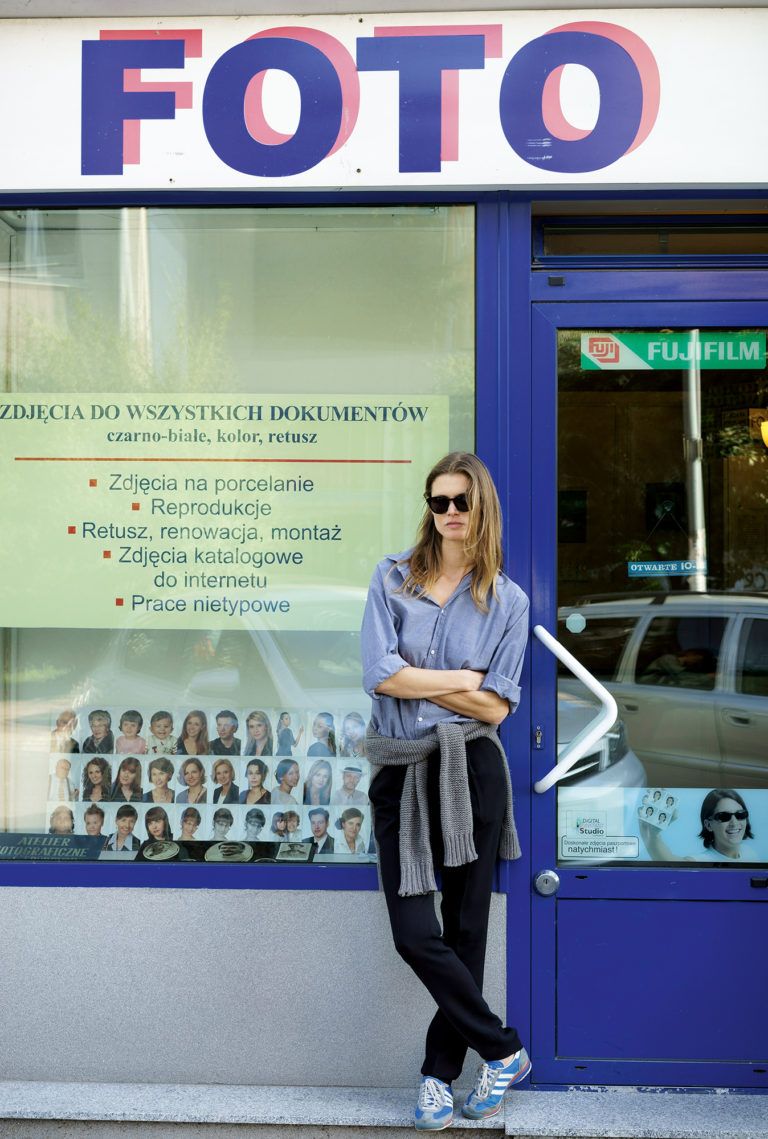
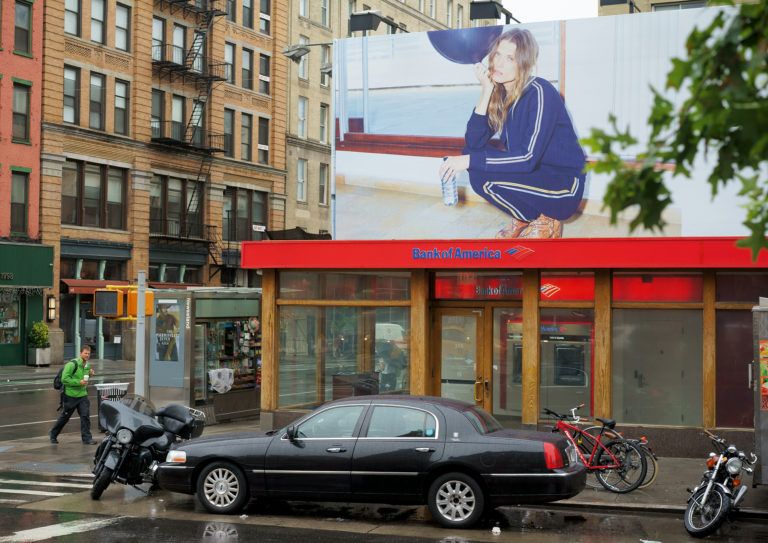
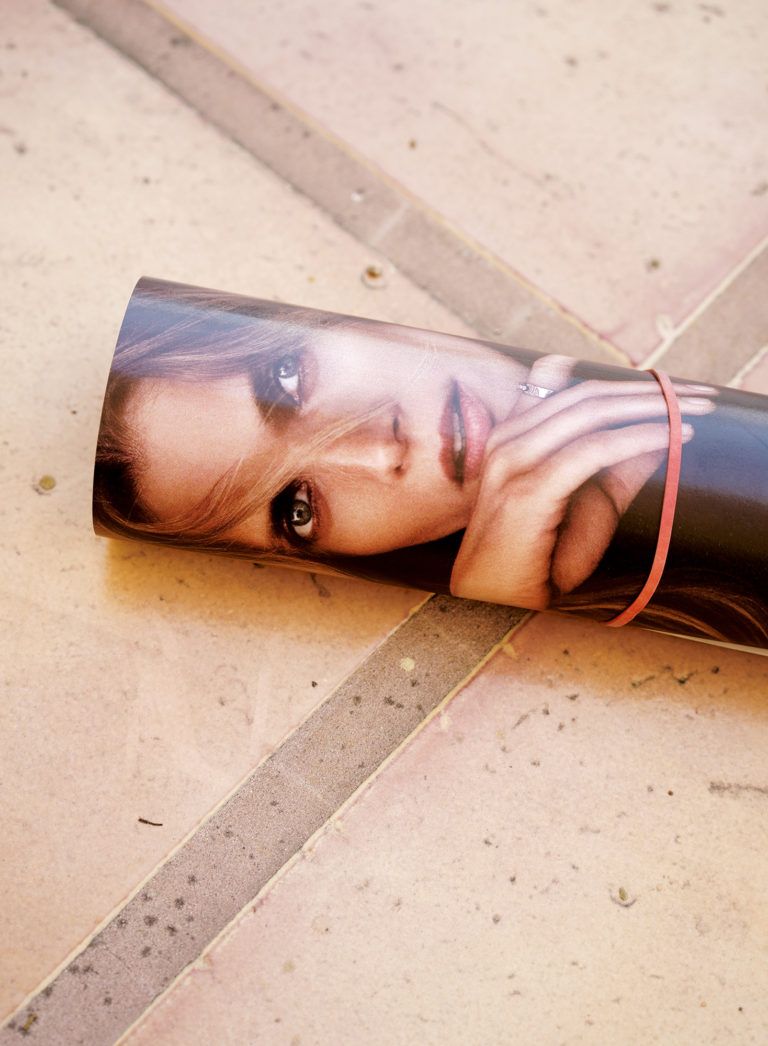
Rødland’s lens uncovers a barefaced, wide-eyed Bela staring back at us. We see Bela showing off a garage sale find against the backdrop of a suburban neighborhood. We see her striking a casual pose in the midst of a crowd. We see her making a silly face towards the camera like a carefree child. These seemingly candid shots of Bela fool us into crafting an intimate narrative between the artist and his muse, and, by extension, ourselves. Intermittently, the book jump-cuts to photographs such as Bela on a billboard on Melrose Avenue. Bela on the cover of a Vogue propped on a newsstand. Bela as the face of a Chanel campaign in a window display. The Bela we see here is as human as the image of Rødland’s old Sony Erickson phone, its inbox filled with text messages from her – Malgosia 16-06-09, Malgosia 16-06-09, Malgosia 16-06-09.
As the book progresses, we find the mediated woman becoming more and more adrift in the hazy, liminal space between reality and fiction. Rødland asks the reader: “When and how does a picture of Małgosia Bela start being fashion? When and how does it turn into something else?” Perhaps it is somewhere in this myriad of Belas – candid, fashion ad, object – that the analogy starts materializing. Rødland even asserts that a photograph itself is a “model.” The frenetic obsession with which he nullifies every ounce of Bela’s humanity should not seem foreign. After all, it is with equal fervor that we seek to rid ourselves of mortality and romanticize the vain pursuit of the hyperreal.
Finally, we see Bela’s face superimposed against a cityscape and a forest – a gesture that seems to cement her place in this non-territory. Even when she is casually sitting in front of him in the last image in the series, with nothing obstructing the space between the pair, she is no longer present. In the end, Rødland succeeds in claiming his Eurydice. Or does he?
Or, more importantly, does it even matter?
Credits
- Text: YAE-JIN HA
- Photography: TORBJØRN RØDLAND
